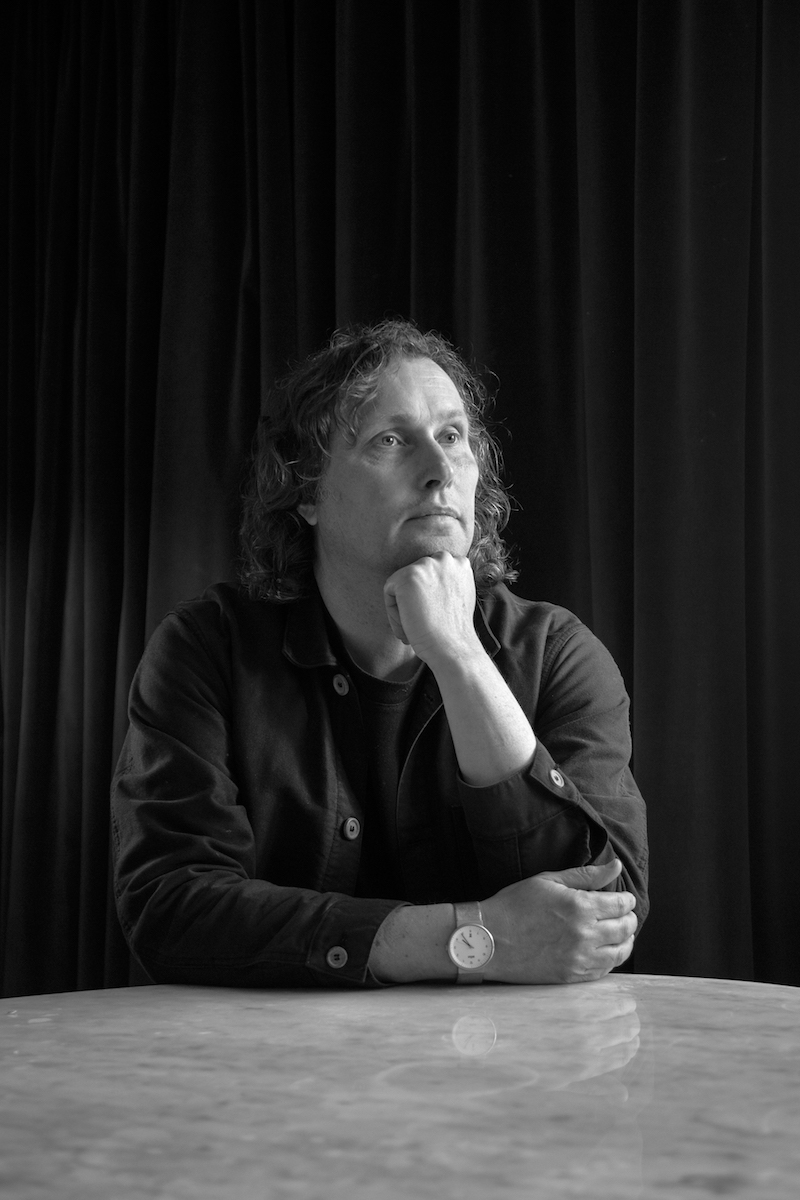This article is printed in the latest issue of British Journal of Photography magazine: Ones to Watch, available to buy at thebjpshop.com.
With the launch of Ones to Watch 2022, Magnum Photos’ editor-in-chief and former British Journal of Photography editor Simon Bainbridge, who co-edited the issue, reflects on his life and career to date
Simon Bainbridge joined British Journal of Photography in 2000 and, as editor, led its transformation from a trade journal into an award-winning international magazine and brand. He recently joined Magnum Photos as editor-in-chief, having left BJP in 2020, publishing his first book, Magnum Artists: When Great Photographers Meet Great Artists, shortly after. He returns as guest editor of Ones to Watch, a decade after BJP’s first talent issue.
My dad would bring back small stacks of coloured paper from work when I was a kid. I’d make them into little books or stories with words and pictures. I was learning through play to become an editor.
The Face first turned me on to magazines. Everything in it seemed thrilling yet impossibly distant from small-town northern England. The cutting-edge photography and design, and its mix of articles on society and popular culture, remain an inspiration.
I studied history of modern art, design and film. The course taught me to question given truths; that not everything was as it seemed.
I left college with a passion for culture. But I also had a suspicion of art speak and the closed loop of academia. Photography and journalism appealed. I valued their ability to communicate complex ideas to a wide public. And how they are of the world, instead of withdrawn from it.
I got a job at The Crack, an irreverent arts and listings magazine. Within months, I was the editor. My first edition was the Easter issue. I put Andre Serrano’s Piss Christ on the cover.
Art seemed relevant for the first time. From Karen Finley and Annie Sprinkle at Burning the Flag or DV8’s Strange Fish (still the most powerful artwork I’ve ever seen) to the burgeoning club and comedy scenes. I responded to the provocative streak in early 1990s culture. But it was a talk by Larry Sultan that awoke my attention to the possibilities of photography.
I moved to London 25 years ago. I didn’t know anyone working in photography, and I’m quite shy. But I put in the hours. I was a wallflower at every opening in town.
Arles is my happy place. I first went to the festival in 2003 but couldn’t figure it out. So I just followed Martin Parr around at a distance. (He’s quite tall, and he seemed to know where to go.) Then, over the years, it’s where I met everyone I know in photography.
BJP’s first talent issue was a decade ago. It included Ricardo Cases, Sohrab Hura, Erik Madigan Heck and a cover by Sylwana Zybura. The aim was to reach beyond the established centres of power in photography, building a network of nominators from around the globe. A few years in, we started to get there.
I became a father 11 years ago. And now I have two daughters. It changes how you look at photography. Certain images become more real, more painful. Diana Markosian’s School No 1 felt personal instead of another tragic story from a faraway place.
Recently, I joined Magnum. I have always been fascinated with the agency and its mix of people, approaches and ideas. I get to work with photographers as diverse as Josef Koudelka, Cristina de Middel, Martin Parr, Elliott Erwitt, Alec Soth, Gilles Peress and Susan Meiselas. However, a commitment to the continued idea of what Henri Cartier-Bresson described as “a curiosity about what is going on in the world… and a desire to transcribe it visually,” continues to unite everyone.
People say that photography is still a new art form. But I think we’re beyond that now. There is a continued trajectory, a way of seeing the world. And I love that. But images exist in a different orbit now. One that is often divorced from their original meaning or intention.

